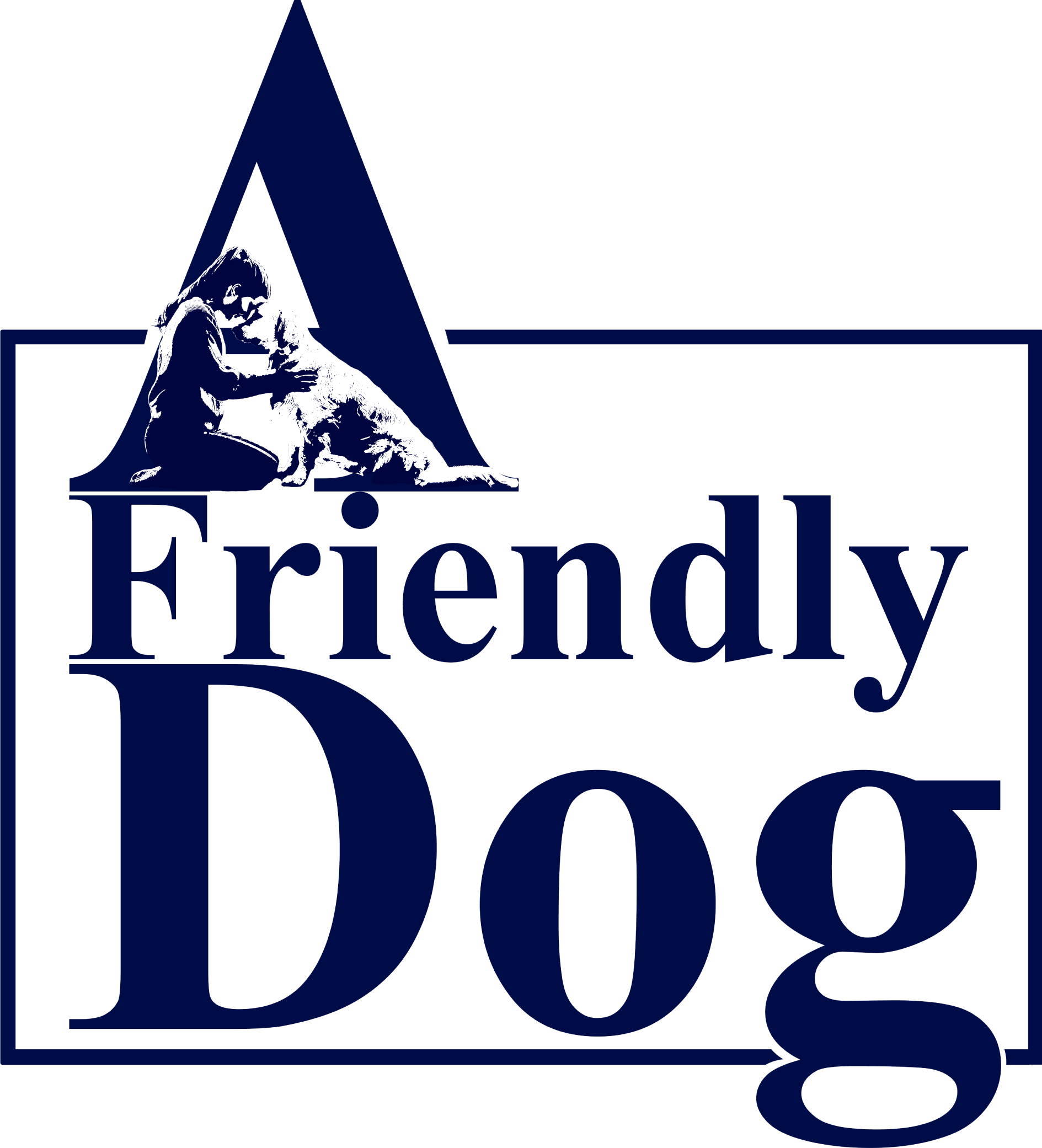As previously discussed, a variety of formulas are available for different types of dogs based on their size, age, and sometimes even breed. It is advisable to adhere to the manufacturer recommendations and veterinarian advice, while also utilizing personal knowledge to determine the dog’s preferences. This we know, but it may not be so simple. It may also involve adjusting the food portions, type (dry or wet) and feeding times according to the dog’s likes and dislikes or balancing feeding times and quantities (dry or wet), while ensuring that nutritional needs are met by strict requirements from the vet due to any health concerns. It’s really an individual process that will vary from dog to dog and isn’t guaranteed to work at all. It may work for any specific amount of time, quit working altogether or never work in the first place.
Grains are generally suitable for most dogs, but grain-free diets and other special considerations, such as pea-free options, are available to cater to dogs with allergies. This is where label reading matters most and unfortunately, this may entail a lot of research and talking with the vet. The market for dog food is highly competitive and subject to intense scrutiny, resulting in numerous viable options for dogs of all ages, sizes, and breeds. Thankfully, this means that most varieties on the market are viable options and that by choosing the best product available, you are more aware of the dog’s needs versus heavy marketing tactics. Even if options are limited, the internet has become a valuable marketplace for such products. In essence, the choices for dog food are virtually limitless and it’s up to you and your vet to decide.
You must be wary of small print, damaged or obscured labels, and ensure that the information is clearly visible and comprehensible when purchasing dog food. It is essential to notice the following product characteristics: the product name, net weight, manufacturer’s name and address, guaranteed analysis, list of ingredients, intended animal species, statement of nutritional adequacy, and feeding guidelines. Ensure that the brand adopts a formal, yet not misleading, marketing style and uses the English language as recommended. If it seems to be an imported product, it may not be up to regulated guidelines and could even be an illegal product that is remarketed or relabelled as something else (otherwise unknown contents). That said, don’t overthink it too much. Basically, make sure the product is authentic and of high quality. So long as you have no other requirements due to health matters, it should be fine.

